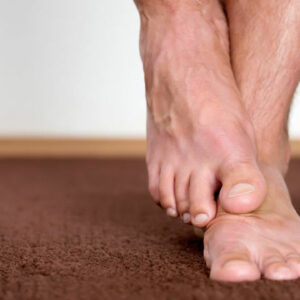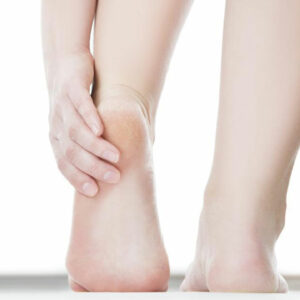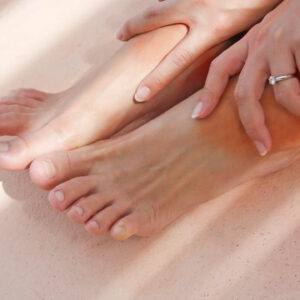
01
Have a Better Sex Life with These Male Enhancement Techniques
Your sex drive or libido can play a huge role in your life. When your libido is facing a nose dive, it can be frustrating and embarrassing as well. However, a lot of men face this issue, and here are a few male enhancement techniques that can help change your sex life for the better. Make Sure You Stay Active Staying active can positively contribute not just to your general health but your sexual health as well. You should know that your blood circulation and pressure plays an essential role in your sexual performance. One of the major causes of erectile dysfunction is improper blood circulation. Indulge in cardiovascular exercises often and make sure you exercise as regularly as possible. Ensure that you do light exercises every day and a more vigorous regime a few times a week. Research shows that men who are physically fit and active have lesser chances of having a loss or decrease of libido, as opposed to men who lead an unhealthy lifestyle. Incorporate Meats Into Your Diet The nutrients in meat can help with your blood flow. Omega-3 fatty acids found in fish like salmon and tuna can help your circulation. Vitamin B-1 found in meat like beef and pork can help improve the functions of your nervous system, which includes signaling your brain activity concerning your penis. Eggs are high in proteins and vitamin B, which can significantly influence the hormonal balance of your body. Don’t Forget The Fruits And Vegetables Fruits and vegetables are great for your health—that’s a no-brainer. The best part though is that they can do wonders for your sexual health too. Vegetables like onion and garlic can help with the improvement of your blood circulation, bananas can boost your stamina, and the abundant amount of potassium it contains can maintain lower blood pressure.
Read More 










